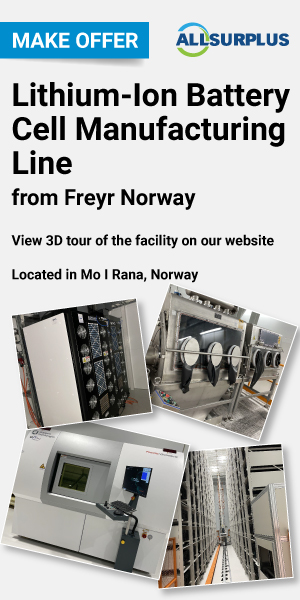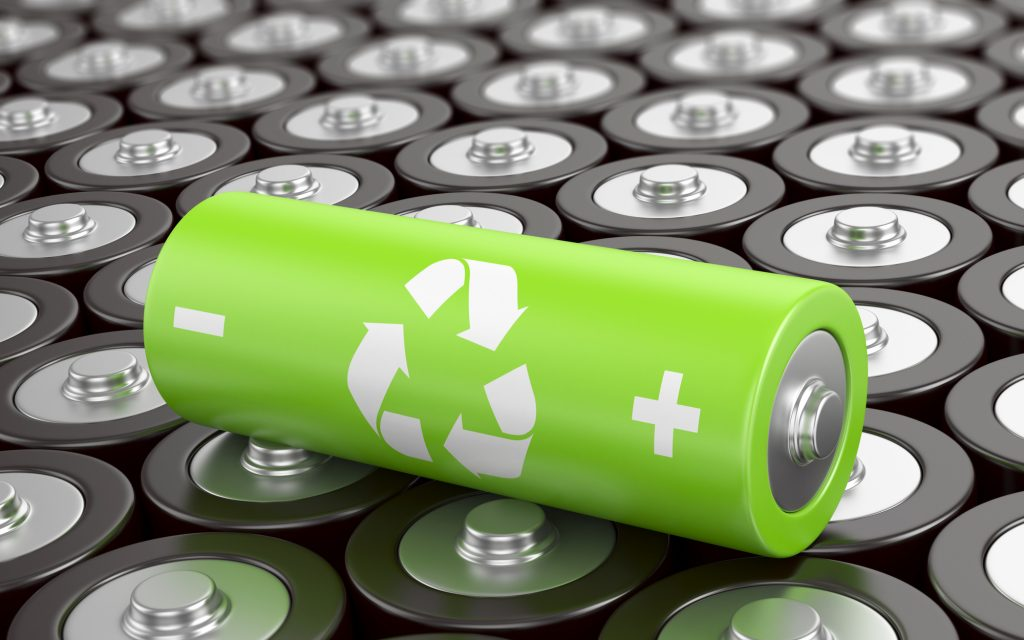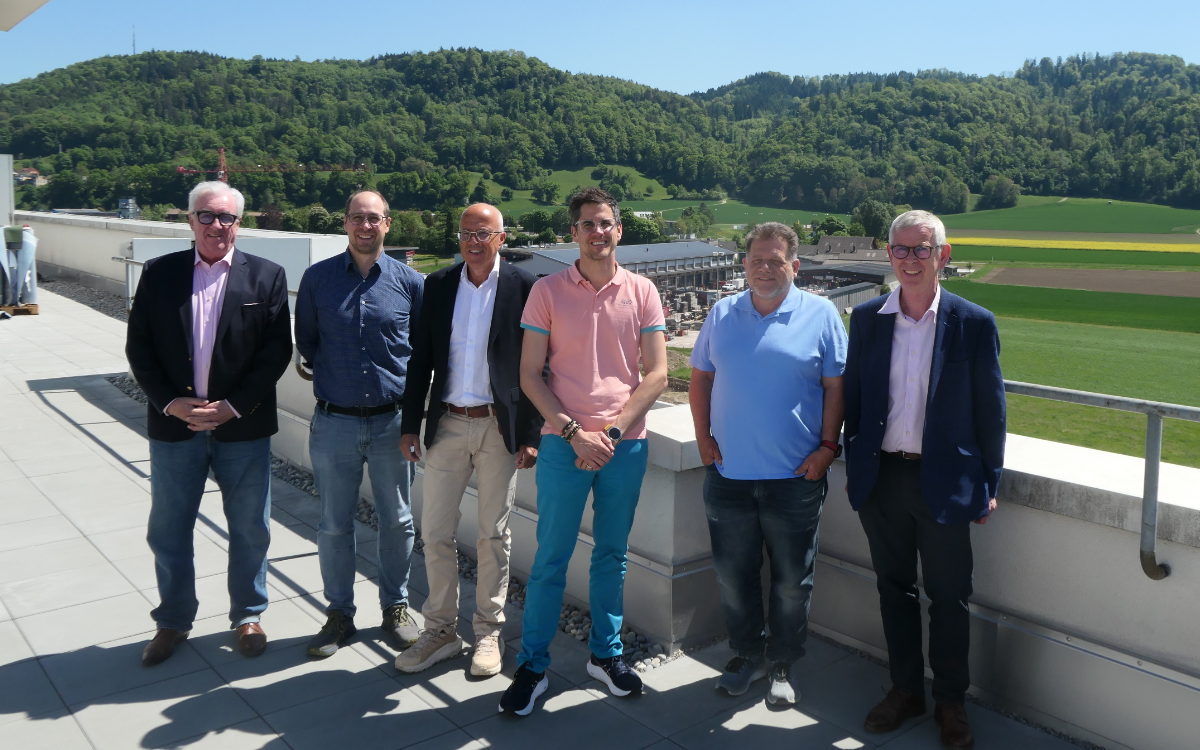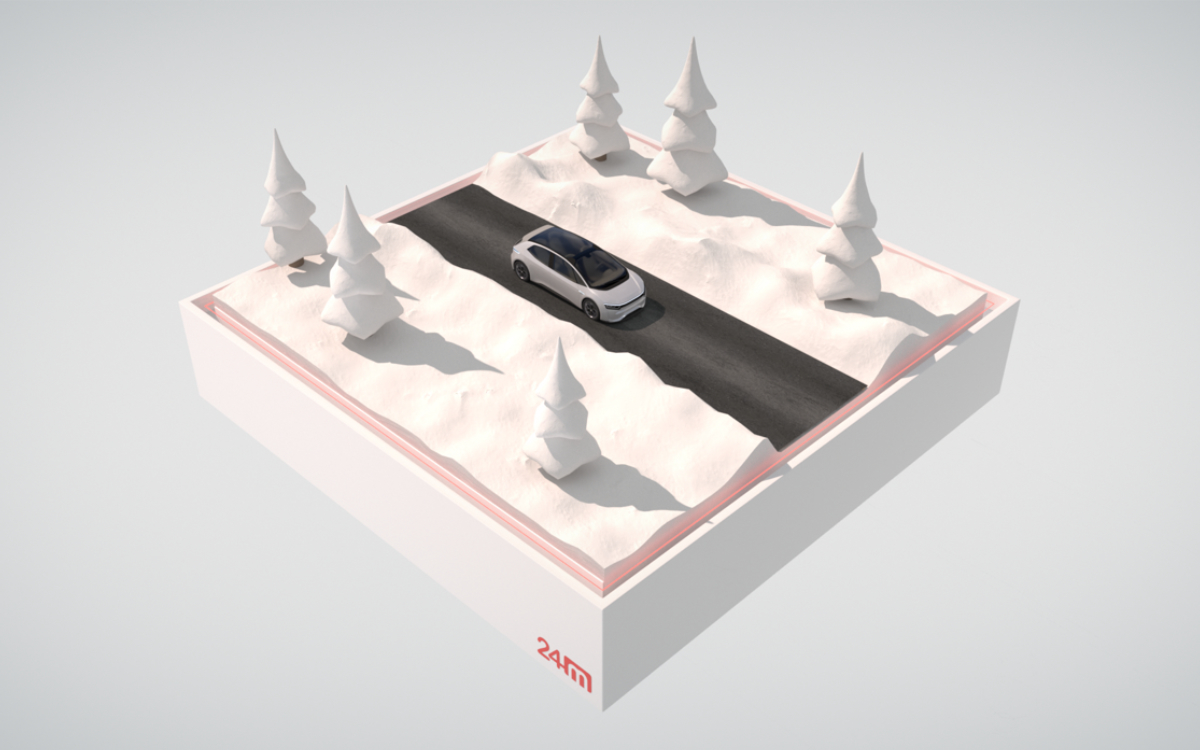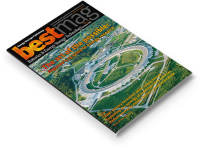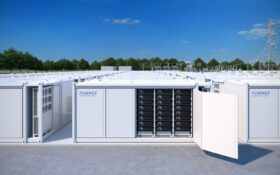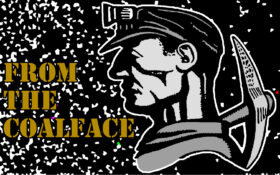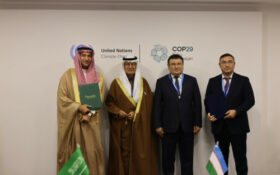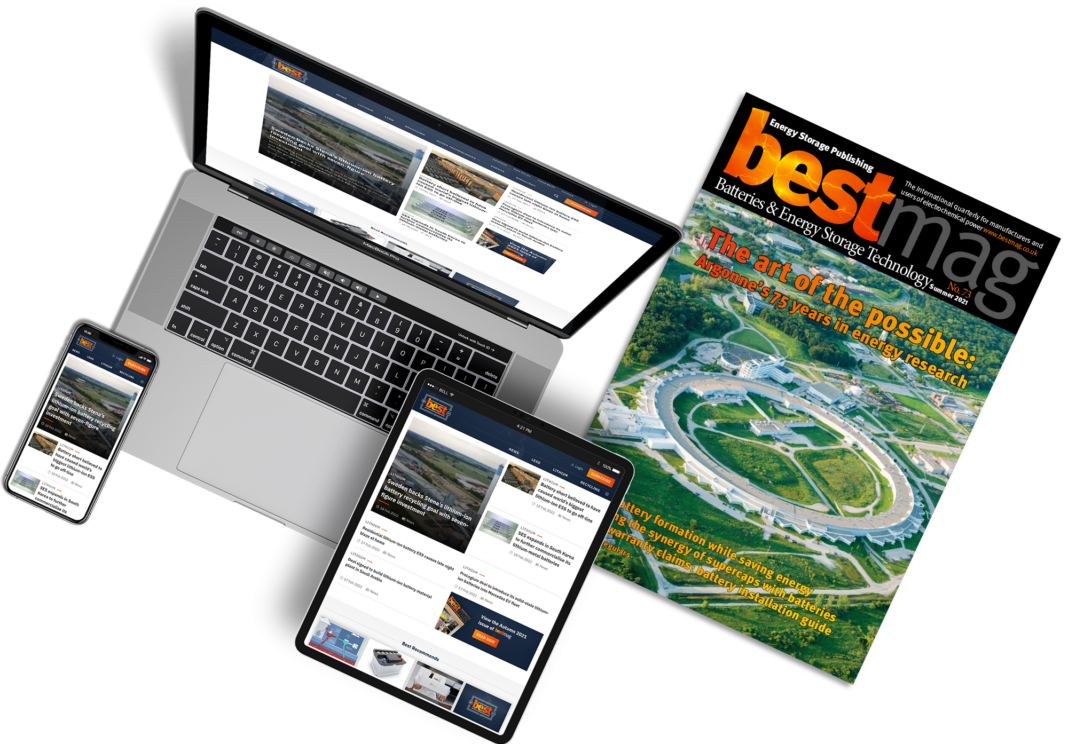Sales manager Francesco Capuzzo unveiled his company’s continuous plate-making process for small and VRLA and E bike batteries, which he claims is the only one of its kind currently being produced.
“At the end of the line, you have a rack with the plates already palletised,” said Capuzzo, who added that testing would begin in November.
Announcing production of its Battery Grid Punching System, Oak Press Solutions‘ vice-president of sales Kent Lancaster informed delegates that the company’s new hydraulic cutting technology had cut grid changeover times from seven hours to 45 minutes.
The punches are designed in blocks to maintain consistency throughout every batch, he said.
New Zealand-based technology company ArcActive claims it has answered the needs of OEMs for high dynamic charge acceptance (DCA) and low water consumption with its ‘Arc treatment process’, which heats carbon fibre grids at up to 3,500 C.
The three-step treatment is expected to be operational by April next year, said testing and development manager Shane Christie.
Microporous will this year produce its third line of separators for deep-cycle applications of lead-acid batteries, said technology vice-president John Timmons.
Rubber separators and polyethylene separators had been designed which would answer market demands for deep discharge performance and the ability to operate in a partial state of charge.
And last to speak in the parallel afternoon session at ABC was John Wirtz, CEO and president of Wirtz Manufacturing. introduced his firm’s new grid and plate production system.
He claimed it was ‘the most advanced high-speed plate-making system in the world’.
The line uses a vision system and ten spider robots to locate randomly placed plates and stack them perfectly before they are palletised.
Pic: John Wirtz


